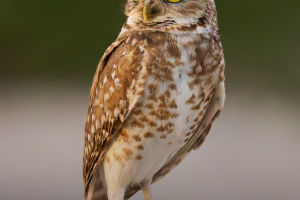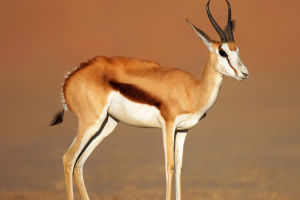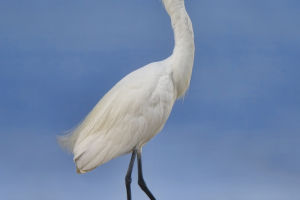The Macaw stands out as one of the most captivating avian species inhabiting our planet.
Renowned for their kaleidoscopic plumage and breathtaking presence, Macaws are celebrated as some of the most colorful parrots on Earth.
Their existence graces the tropical rainforests and serves as a testament to the symbiotic relationship between humanity and the natural world.
Belonging to the Psittacidae family within the parrot group, Macaws predominantly thrive in the lush tropical rainforests of South America.
Their claim to fame lies in their sizable and vibrant feathers, boasting hues ranging from vivid blues and fiery reds to sunny yellows, accompanied by mesmerizing sheens and intricate markings.
Ranging in length from 70 cm to over 1 meter, these majestic birds evoke wonderment at the awe-inspiring creations of nature.
Macaws are captivated not only by their appearance but also by their fascinating behaviors. Social creatures by nature, they form tight-knit communities, relishing in activities such as foraging, soaring through the skies, and engaging in playful antics with their peers.
Endowed with remarkable intelligence, Macaws can mimic human speech and other sounds, endearing themselves to many as cherished companions.
However, as the population of wild Macaws dwindles, concerted efforts towards their conservation have become imperative to safeguard against habitat degradation and illicit trade.
The resplendence of Macaw feathers stems from their unique physiological composition and dietary preferences. Laden with pigments, their plumage dazzles not only with vivid colors but also with an iridescent sheen.
Feasting on diverse fruits, nuts, and foliage, Macaws imbibe essential nutrients that contribute to their well-being and the luster of their plumage. Nesting amidst the branches of trees, they ensure the protection of their progeny, a crucial facet of their survival in the wild.
Despite their magnificence, Macaws face a precarious existence. Human encroachment and unsustainable practices have led to the degradation of their habitats, imperiling their very existence.
Furthermore, the scourge of illegal capture and trade poses a grave threat, pushing many species perilously close to extinction. Hence, safeguarding Macaws' habitats, curbing illicit activities, and undertaking concerted breeding and conservation initiatives emerge as paramount imperatives.
Humanity must assume an active role in the protection of Macaws. Through the establishment of protected areas, the promotion of sustainable ecotourism, and the enforcement of stringent regulations, we can effectively mitigate the adverse impacts of human activities on Macaw habitats.
Concurrently, endeavors to deepen our understanding of Macaws through scientific research are essential, providing insights into their ecological dynamics and behavioral intricacies, thereby facilitating robust conservation strategies.
With their glorious plumage and distinctive behaviors, Macaws reign supreme as some of the most colorful parrots on the planet.
Yet, in the face of escalating existential challenges, humanity must redouble its efforts to preserve these magnificent creatures, ensuring they continue to illuminate the Earth and stand as a cherished global treasure.


